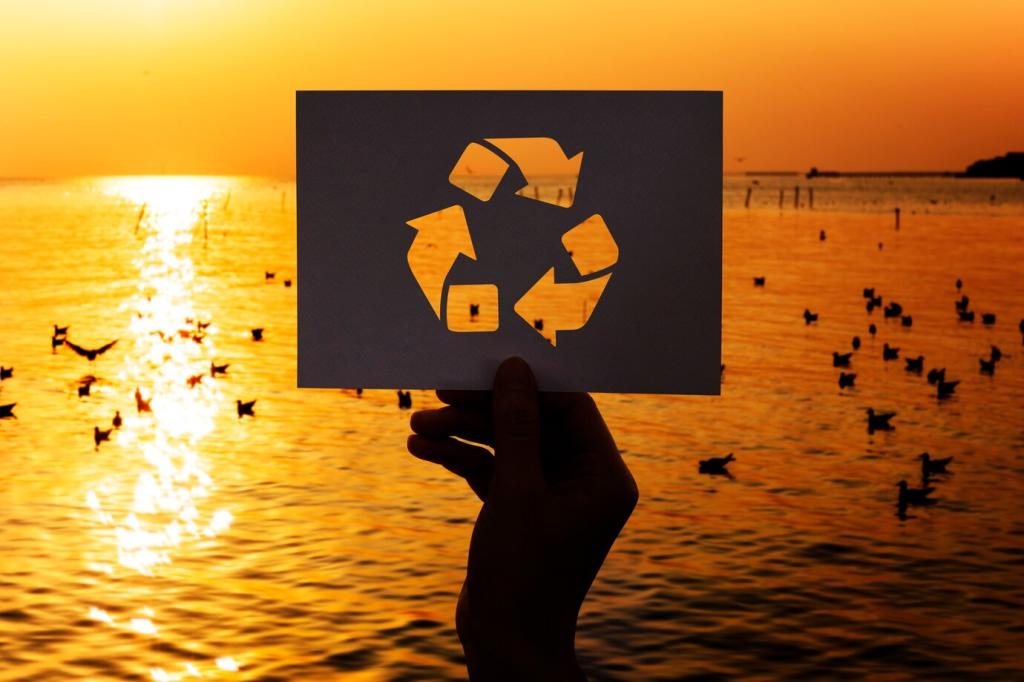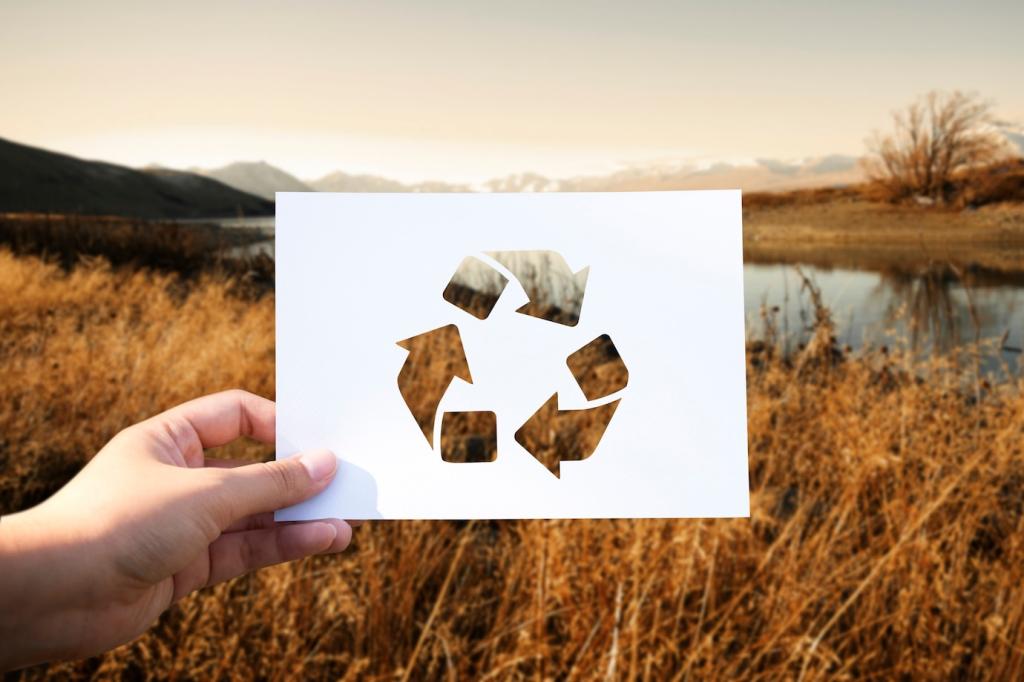Upholstery Care: Fabrics the Green Way
Look for W, S, WS, or X on the tag. W and WS usually welcome diluted vinegar solutions and light water-based methods; S prefers solvent-only approaches. When in doubt, choose minimal moisture, plant-based soap, and careful blotting. Always patch-test where cushions hide the experiment.
Upholstery Care: Fabrics the Green Way
Slip a white towel under the fabric if possible, then dampen a second white towel with club soda. Press and lift repeatedly. Follow with a faint mist of diluted vinegar, and blot again. Circulating a fan prevents water rings and speeds recovery without harsh scents.



